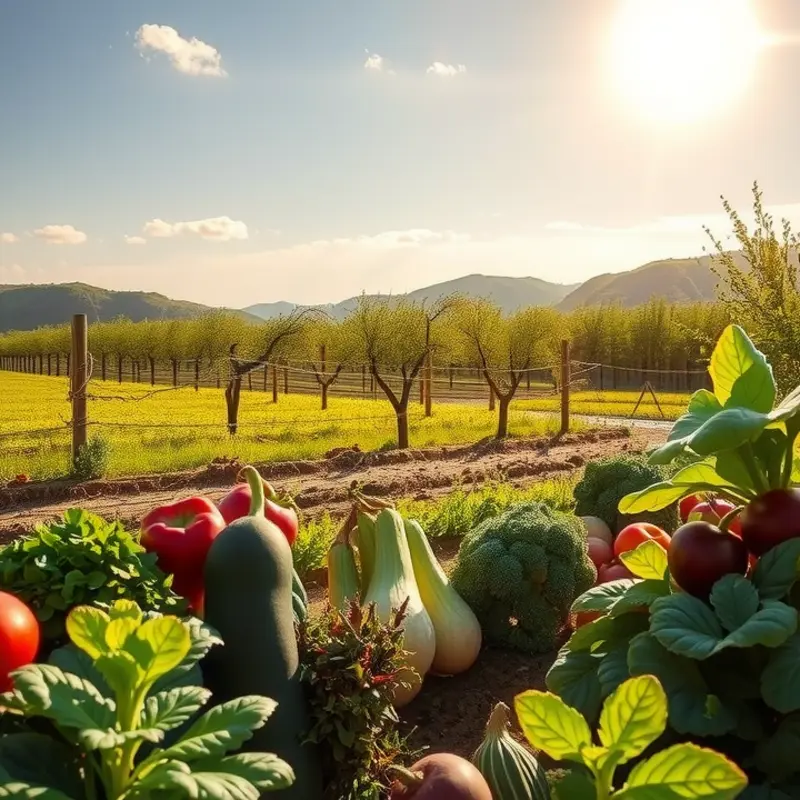Discovering dairy-like plant foods opens the door to numerous culinary opportunities. Whether you’re a seasoned home cook or an individual focused on dietary health, this guide offers practical insights into incorporating plant-based alternatives seamlessly into your cooking. From creamy cashew sauces to versatile almond milk, the world of plant foods is vibrant and rich, providing you with choices that don’t compromise on taste or texture. Explore these options and unleash your creativity in the kitchen.
Finding Your Dairy Replacements

In transforming traditional recipes with plant-based ingredients, understanding the diverse array of dairy alternatives is crucial. With proper knowledge, these substitutes can replicate the essential qualities that dairy products bring to our dishes. From silky lattes to creamy pastas, a good substitution is the key to maintaining texture and flavor integrity. Let’s explore plant-based milks, yogurts, creams, and cheeses, which serve as perfect replacements for common dairy products.
Plant-Based Milks
Milk alternatives used in cooking include almond, soy, oat, rice, and coconut milk, each bringing unique properties. For baking, almond and soy milk are popular for their mild taste and natural creaminess. Meanwhile, oat milk provides a slightly thicker consistency, making it ideal for creamy sauces.
Coconut milk, with its rich texture, works wonderfully in curries and soups, adding hints of tropical sweetness. When selecting the best option, consider the flavor—the nutty profile of almond milk might enhance desserts, while oat milk’s slight sweetness can balance savory elements. Explore more about how to use these ingredients to boost flavors without adding salt.
Yogurts and Creams
Dairy-free yogurts and creams are crafted from plants like soy, coconut, and almonds. These alternatives not only mimic the tangy flavor of dairy yogurt but are often enriched with live cultures for additional probiotic benefits.
Soy-based yogurts tend to be thicker, making them ideal for parfaits and smoothies. Meanwhile, coconut yogurt, with its naturally higher fat content, is perfect for creating indulgent dips and dressings. Creams made from cashew or coconut can be whipped to a fluffy consistency, providing a decadent topping for both sweet and savory dishes.
Cheeses: A Versatile Revolution
Vegan cheeses have revolutionized plant-based cooking. From cheddar slices to cream cheese, these products employ ingredients like nuts, tapioca, and nutritional yeast.
Nutritional yeast adds a cheesey taste and boasts impressive nutritional value, offering B vitamins and protein. Use it to craft cheese sauces or sprinkle over popcorn for a healthful twist. For melting and grating, nut-based cheeses deliver creamy satisfaction on pizzas and pasta.
When selecting the right cheese substitute, consider its application—would a slice compliment a sandwich, or is grated cheese the right choice for a casserole topping?
Considering Texture, Flavor, and Nutrition
The final decision on which dairy alternative to use should align with your dietary goals and the dish’s requirements. Almond milk, low in calories, may not suit high-fat needs like those of coconut milk, which provides a creamier texture. The key to success lies in understanding these nuances.
Experimentation is empowering, allowing you to trial flavors and textures to find your favorite combinations. A plant-focused approach not only benefits health but also supports sustainable and eco-friendly eating habits, contributing to a more resilient kitchen landscape. As you navigate through these options, remember that each alternative brings its own strengths to your culinary creations.
Cooking with Plant-Based Dairy: Simple Substitutions

Switching to plant-based dairy substitutes need not be daunting. Whether you are baking a cake or crafting a creamy sauce, understanding key replacements and their characteristics will help you tweak recipes to your liking.
One of the most popular plant-based milk alternatives is almond milk. Smooth and slightly sweet, it pairs well in recipes for baked goods, smoothies, and sauces. When using almond milk as a substitute, the typical ratio is one-to-one. If your original recipe calls for one cup of cow’s milk, use one cup of almond milk.
Oat milk is gaining popularity for its creamy texture. Perfect in hot beverages and soups, oat milk adds a subtle, rich body to your dishes. Use oat milk in equal amounts to dairy milk, but be cautious about its sweetness when using it in savory recipes.
For those fond of creamy sauces, cashew cream offers a fantastic alternative. Easily made by blending soaked cashews with water, cashew cream adds depth and richness to pasta sauces and dips. To thicken a sauce, start with a 1:1 substitution for cream, adjusting as needed to achieve your desired consistency.
In baking, no substitution list is complete without mentioning plant-based yogurt. This versatile ingredient adds moisture and a tangy flavor, much like traditional yogurt. Aiming for a one-to-one replacement, it can enhance muffins, cakes, and dressings. Check the sugar content of plant-based yogurt to avoid unnaturally sweet results.
For buttery confections, coconut oil can replace traditional butter. Solid at room temperature, it mimics butter’s behavior in baked goods. When substituting butter with coconut oil, use a slightly lesser amount—about ¾ cup of coconut oil for every cup of butter—to account for its higher fat content.
Adjusting seasonings is crucial when substituting plant-based dairy. Plant milk generally has milder flavors than cow’s milk, so enhancing your dish with aromatic spices or herbs can make a difference. Another consideration is texture. Plant-based options sometimes yield thinner mixtures, so incorporating starches such as cornstarch or arrowroot can help thicken sauces and stews.
A concern for many home cooks is achieving the perfect texture in cheese-based recipes. Nutritional yeast is a go-to ingredient for its cheesy flavor profile. It works well in sauces and sprinkled over dishes to enhance taste. Where possible, mix it with plant-based milk or cashew-based sauces for an elevated dairy-free twist.
Navigating the world of plant-based dairy substitutions can transform your cooking into a healthier journey. To enhance your recipes further, consider exploring flavor boosters that do not rely on added salt, offering nuanced complexities to your plant-based meals. For more on boosting flavors without added salt, you may find this article helpful. Armed with these insights, you can adapt your favorite recipes into delightful, plant-first creations that celebrate flavor and nutrition.
Final words
Embracing dairy-like plant foods is an exciting journey into healthier cooking and flexible meal preparation. Whether you’re using nut milks, coconut creams, or plant-based cheeses, these alternatives not only promote wellness but also enhance your culinary repertoire. Experimenting with different options allows for creativity and adaptability in meals. Remember, the goal is to find what works best for you, both in taste and dietary needs. With the right substitutions, you can enjoy beloved recipes while keeping them aligned with your health goals. So grab your ingredients, and start creating!







